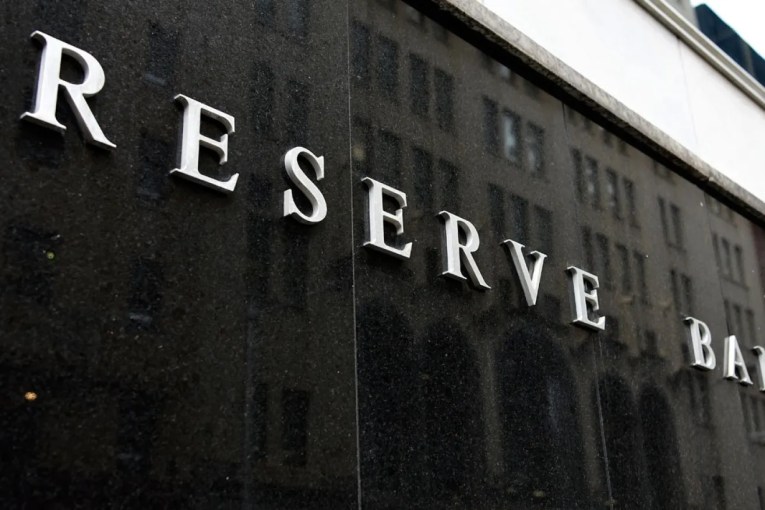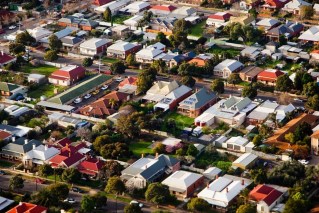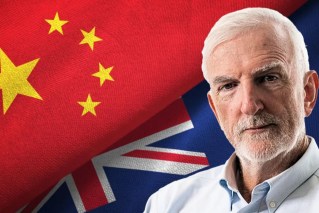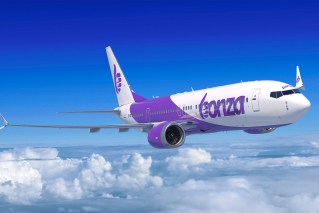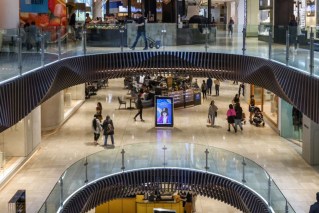Seachangers help lift Brisbane property prices above Melbourne
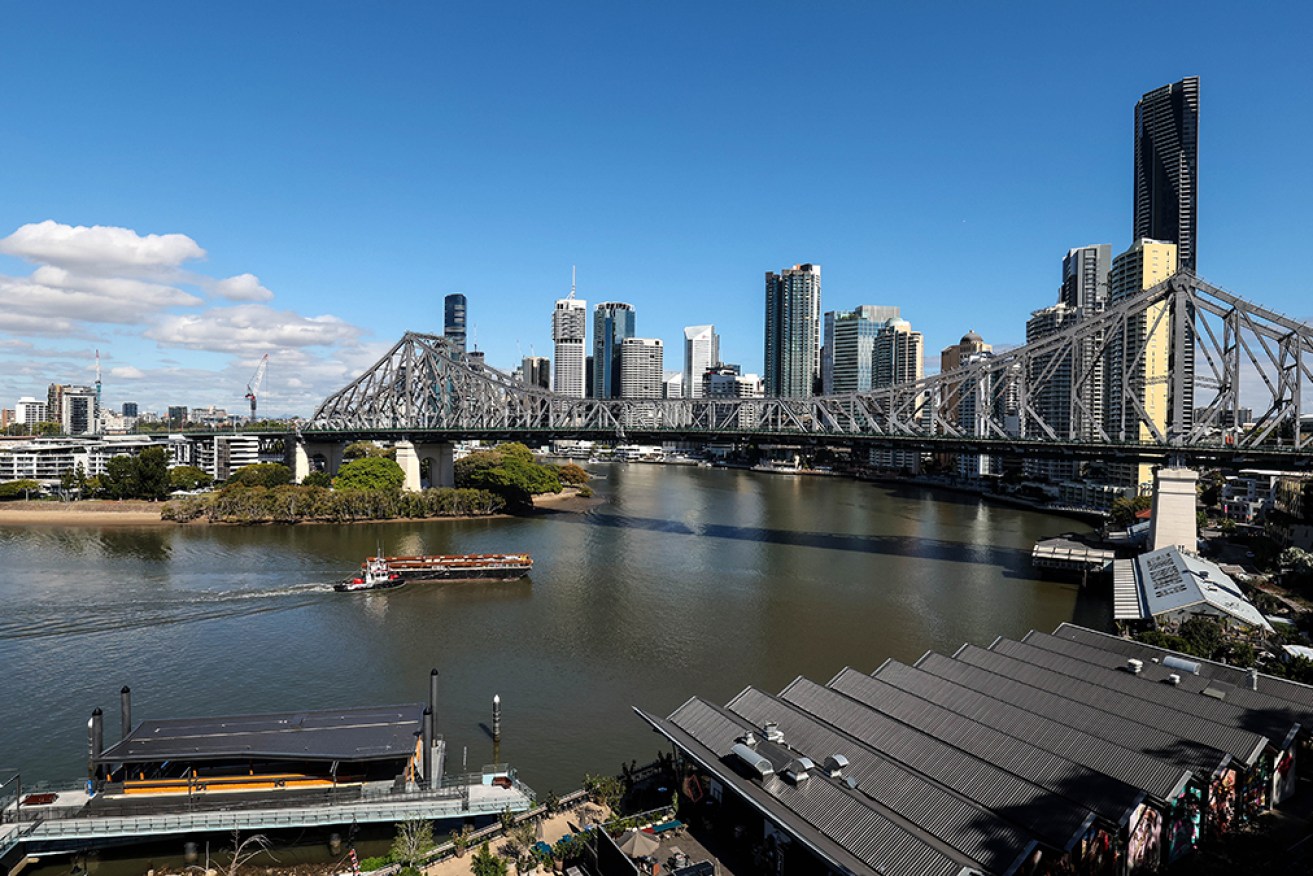
Average dwelling prices in Brisbane have surpassed Melbourne for the first time in a decade. Photo: Getty
Once considered a “poor cousin” to the southern capitals, a wave of interstate migration has helped Brisbane’s average dwelling price surpass Melbourne in across-the-board terms.
Experts say it shows a desire by many Australians to escape recent COVID-19 pandemic lockdowns and seek a slower-paced lifestyle in the rapidly changing sunshine capital.
Since the start of the pandemic in March 2020, the cost of an average dwelling in Brisbane has increased by a whopping 50.2 per cent, from about $500,000 to $787,000, recent CoreLogic data revealed.
During the same period, Melbourne recorded an increase of just 11 per cent – the weakest of any Australian capital city – to now sit about $780,000.
CoreLogic head of research Eliza Owens said relative to the massive wave of interstate migration during the pandemic, the number of new dwellings planned for Brisbane had not kept up with demand.
“With remote work, all of a sudden you have these high-income professionals that can work from anywhere,” she told AAP on Wednesday.
During the 2000s, dwelling values in Melbourne and Brisbane were relatively uniform before a surge in overseas migration to Victoria helped Melbourne prices comparatively skyrocket.
However, at the end of last year, Brisbane became the third-highest for median dwelling value, behind Sydney and Canberra, for the first time since July 2009.
An average dwelling in Brisbane now costs $7000 more than Melbourne.
This is largely due to the composition of both cities’ housing markets, with Melbourne having a larger portion of apartments, which are on average cheaper than a standalone home.
Melbourne’s median house and unit values remain more expensive than Brisbane’s by about $72,000 and $49,000 respectively.
Real Estate Institute of Queensland chief executive Antonia Mercorella believes the secret of what Brisbane has to offer in terms of lifestyle is out.
“I think for a long time Brisbane has really been seen as the poor cousin,” Mercorella said.
“But when you look at the transformation of our city over the past five years, Brisbane has started to become such a modern, vibrant city.
“Arts and culture is really thriving, our restaurant scene has really taken off, and I think people around Australia are starting to take notice.”
Interstate migration to Queensland reached historic levels of about 50,000 people a year since the pandemic and remains strong.
Domain chief of research and economics Nicola Powell said the 2032 Brisbane Olympics were another factor driving migration to Queensland – and lifting property prices.
“It’s actually not the Games in itself, it’s the lead up to the Games where you see all this activity,” she said.
“You see strong levels of infrastructure spending that creates working opportunities, that creates housing demand and population growth.
“And I think we’re in that period of time now when we’re seeing that impact.”
Owens said Brisbane was still facing headwinds in the form of reduced affordability deterring prospective movers from southern states and recent extreme weather events, such as floods and cyclones.
“At the moment it looks like Brisbane is still steaming ahead while Melbourne is falling slightly, but this could be a tussle that goes on throughout 2024,” she said.
